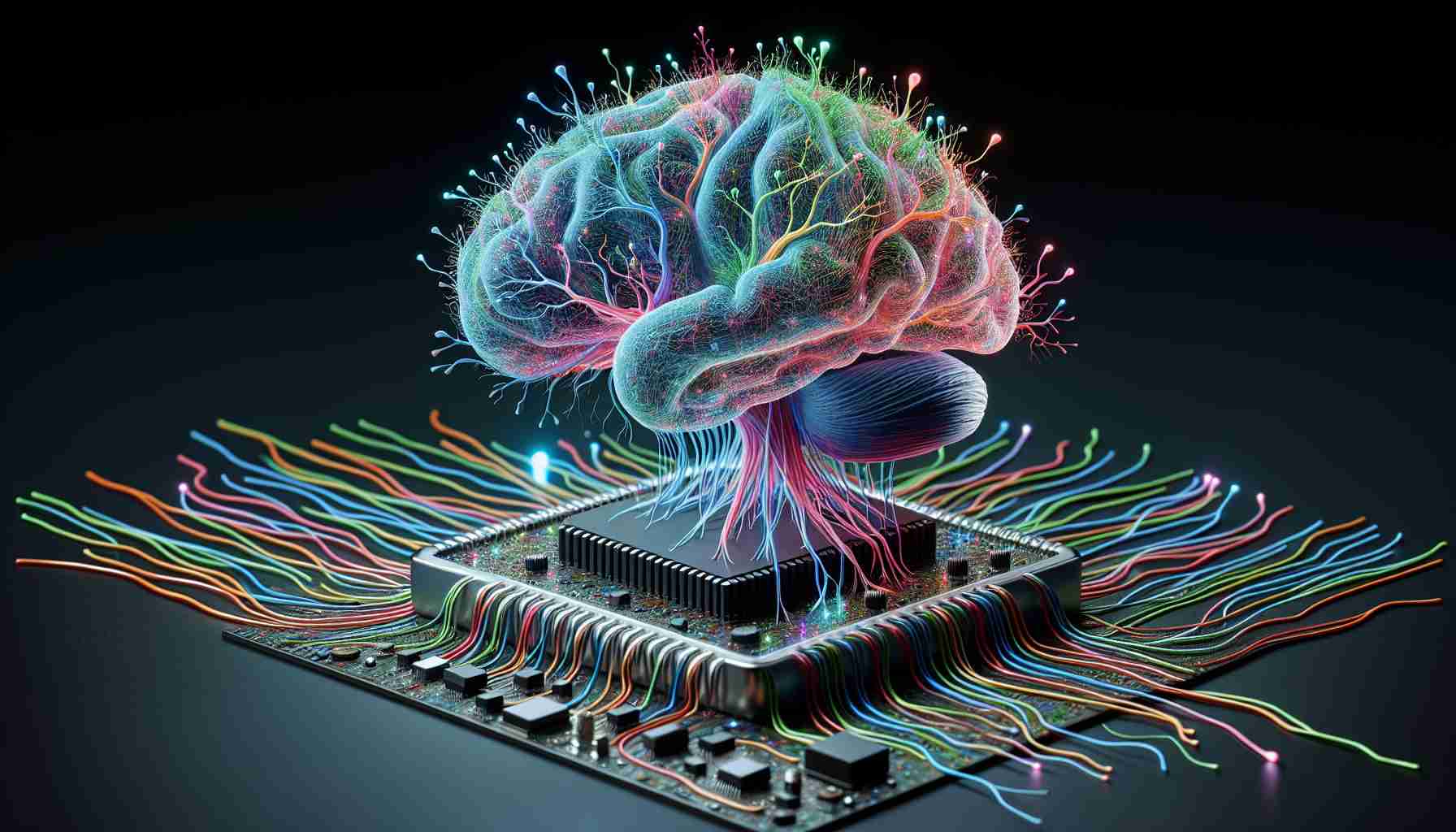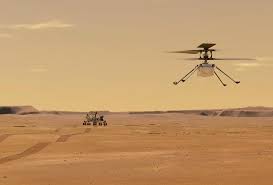Neuralink, established by tech billionaire Elon Musk, reached a key milestone by successfully implanting their technology, Telepathy, in a human body, with the goal of restoring autonomy to quadriplegics through thought control of digital gadgets. Despite the excitement, substantial ethical and technical obstacles must be resolved, particularly those related to transparency, data ownership, and long-term safety.
Key highlights:
- Elon Musk launched Neuralink with the ambitious goals of restoring functioning to people with neurological impairments and improving human cognition.
- The lack of transparency and data sharing raises questions about the Neuralink device’s safety and efficacy.
- Ethical implications for data ownership and the potential misuse of recorded intents.
- The exclusion of those with specific medical issues from the research raises concerns about safety and long-term implications.
- The value of replicability, transparency, and oversight in scientific research and development.
Key challenges
- Include a lack of transparency and data exchange.
- Ethical problems about data ownership and privacy.
- Ensures the Neuralink device’s long-term safety and efficacy.
- Addressing potential health hazards related to brain implantation and electrode insertion.
- Developing replicability and reliability in scientific research.
Main Terms:
- Elon Musk established Neuralink, a tech business that develops implanted brain-computer interface devices.
- Telepathy is Neuralink’s patented chip for recording and transferring neural signals.
- Quadriplegia: Paralysis or loss of function in all four limbs.
- ALS (Amyotrophic Lateral Sclerosis): A progressive neurodegenerative disease that affects nerve cells in the brain and spinal cord.
- FDA (Food and Drug Administration): A federal agency responsible for regulating and overseeing the safety and efficacy of medical devices and drugs.
Key phrase:
- “Restore autonomy for those with unmet medical needs.”
- “Opaque development and pre-clinical testing results.”
- “Ethical breaches and lack of transparency.”
- “Concerns about data ownership and privacy.”
- “Long-term safety and efficacy.”
Excerpts from the article:
- “Neuralink’s ambition and vision extend beyond clinical use to enhance human cognition and possibilities.”
- “Secrecy does not instill confidence, and trust is something scientists have learned not to bestow on corporate entities too generously.”
Important Conclusions:
- “The lack of transparency and data sharing raises concerns about the safety and efficacy of the Neuralink device.”
- “Ethical considerations around data ownership and potential misuse of recorded intentions are paramount.”
- “The exclusion of certain individuals from the trial raises questions about safety and long-term effects.”
Examples & References:
- Mention of Neuralink’s founder, Elon Musk.
- The Neuralink device’s features include the Telepathy chip.
- References to accounts of monkeys utilising the Neuralink device and suffering negative consequences.
Facts and data:
- The FDA has approved the Neuralink device.
- Discuss the trial’s 18-month primary observation period.
- The trial was not registered on clinical trial repositories such as clinicaltrials.gov.
Source: https://pib.gov.in/PressReleaseIframePage.aspx?PRID=2003884#:~:text=Ministry%20of%20Home%20Affairs%20(MHA,North%20Eastern%20States%20bordering%20Myanmar.










